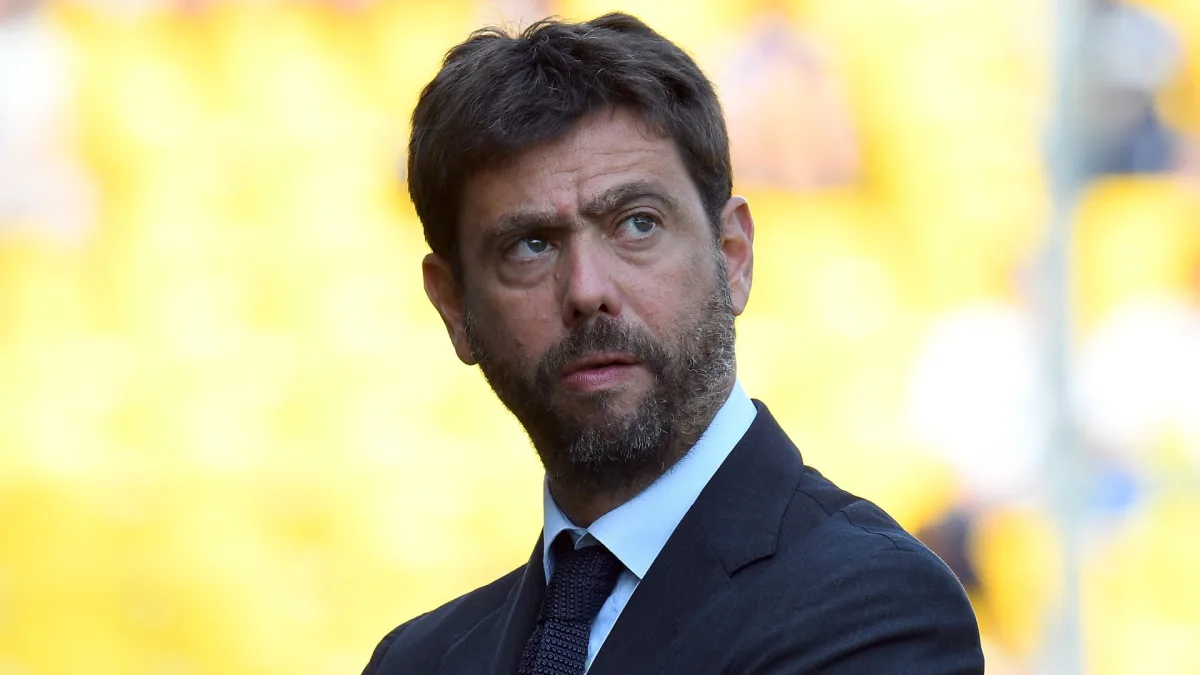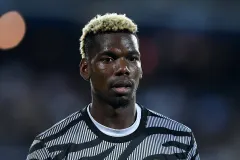-
Feature
- 16 Apr 2025
Champions League new format: What will and won’t be decided in crunch meeting

Uefa’s Executive Committee will meet on Wednesday 31 March (via video link) to discuss the future of the Champions League. It has been confirmed that a decision won’t be made on club competitions until mid-April, but it is thought that the final pieces of the puzzle could ultimately be put in place here.
It is the culmination of over two years of proposals, initiatives and mainly, threats over what the tournament would look like once the broadcast rights cycle comes to an end in 2024.
In the end it appears that the European Club Association (ECA) have gotten their way, and a Swiss Model will be agreed upon. But what is the Swiss Model and what does it mean for the tournament?
Champions League Swiss Model

- The Champions League participants will increase from 32 teams up to 36 teams
- The old group structure (four teams in eight pools) will be replaced by a huge pool of 36 teams in one ‘league table’
- Fixtures will then be allocated, 10 per team, based on pot provisions, as before. This will mean an increase from six to ten matches at the group stage
- The eight teams that have collected the most points automatically qualify for the Round of 16 stage
- Teams positioned 9-24 will enter a playoff round. The 16 teams will face each other based on final position (No. 9 will face No. 24, No. 10 will face No. 23, and so on). The eight winners will join 1-8 to complete the Round of 16.
- From there, the rest of the tournament will follow the structure of this season; two-legged ties before a one-off final.
Champions League reformat: Still to be decided
It seems clear that this will be the tournament format agreed upon, the only way to appease the ECA and take talks of the European Super League off the table for now. But that doesn’t mean that the talking will stop.
There are many other factors that remain unresolved, namely:
- How the additional four qualification places will be allocated. Rather than going to deserving champions of countries currently required to trawl through qualifiers, such as Netherlands, Belgium and Austria, the ECA are pushing for clubs of ‘heritage’ to be given the places. How this is defined is unclear and threatens further risk to the integrity of the competition
- Finding a gap in the calendar for another 100 games. The calendar is already under extreme duress at the moment and adding in another three matchdays isn’t going to help matters. No-one has yet suggested when these games will take place. Some ideas involve restructuring the international football calendar, removing one or two of the breaks currently scheduled in September, October and November. Another is shifting games throughout the season, including into January and February.
- Where the additional money will go. The ECA members – otherwise known as the game’s elite clubs – obviously want to ensure more of the money remains at the top. But there is a genuine fear that the top heavy structure will only decimate the competitiveness of any and all competitions and that is something the smaller clubs are desperate to avoid.
It’s quite a momentous day in the future of European football. The outcome will shape the power base for years to come and will, ultimately, shape the transfer market right along with it.



















